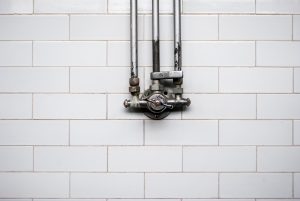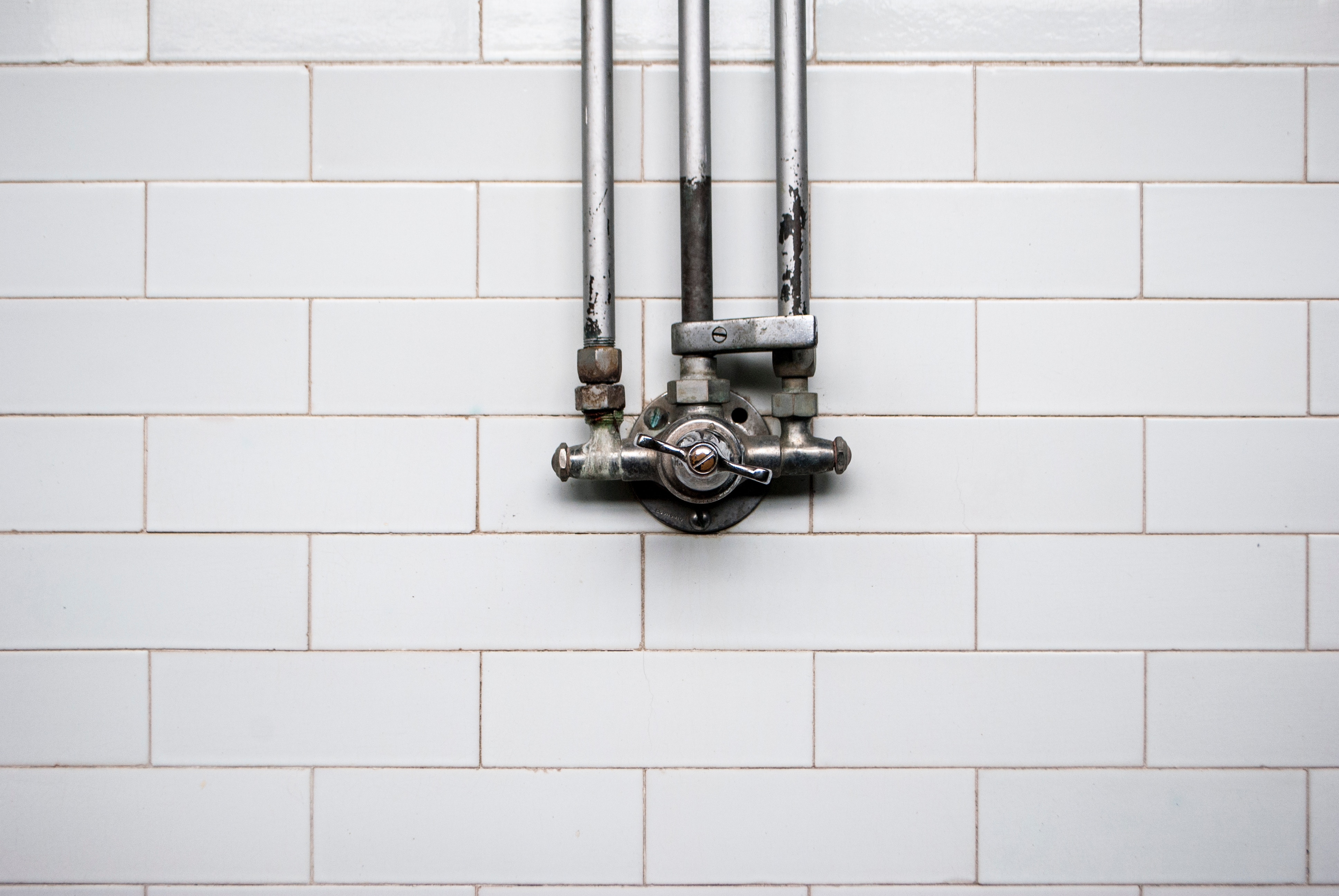
 Plumbing emergencies are among the most expensive sources of headaches that homeowners have to deal with. Too many homeowners have discovered, first hand, what it’s like to fork out thousands of dollars to repair the damages caused by these disasters. And in many cases, prevention could have played a huge role. Here are a few helpful tips to avoid and address the most common plumbing issues.
Plumbing emergencies are among the most expensive sources of headaches that homeowners have to deal with. Too many homeowners have discovered, first hand, what it’s like to fork out thousands of dollars to repair the damages caused by these disasters. And in many cases, prevention could have played a huge role. Here are a few helpful tips to avoid and address the most common plumbing issues.
1. Sewer System Backup
A backed-up sewer system is one of the most regular plumbing issues to deal with and is never pleasant to be around. Sewage backups are almost always related to the ejector pump or sump pump, thus making the correct diagnosis for ejector pumps is key.
Some are lucky enough to learn of a malfunctioning pump early on when alarms are sounded for a variety of issues. This is the most desired method of finding out, as issues are easier to fix when you catch them in their early stages. Not to mention the fact that you don’t have to deal with the intrusive scent of sewage lingering in your home.
The Fix
• Test for a bad “float” switch. Switches can easily be replaced for about $20.
• If an alarm stops after halting water usage, you may be using more water than your pump can manage. Try cutting back on the amount of water you use.
• Sewage odors in the bathroom may be a result of a clogged dry trap in the shower drain. Try pouring a few gallons of water down the drain to easily resolve the issue.
2. Burst Pipes
Issues with burst pipes can range from tiny pinhole leaks to completely broken pipes that cause severe water damage and flooding. The latter will have to be addressed by a plumber, but if you have a minor issue you may be able to resolve or temporarily fix the issue yourself.
The Fix
• For a temporary fix to a small leak, use duct tape.
• Another temporary fix for minor leaks is to use a C-Clamp.
• Use a sleeve clamp for a longer lasting fix that can be used for larger leaks.
3. Frozen Pipes
Frozen pipes can easily turn into costly burst pipes if you don’t catch them early enough and handle them appropriately. However, this is an emergency that can be avoided by following the proper steps to ensure that those frozen pipes don’t burst.
Better yet, there are a few recommendations on what you can do to cut back on the likelihood that you will ever have to deal with your pipes freezing over in the first place.
Preventing Frozen Pipes
• Insulate any pipes that are easily accessible.
• Keep cold winter air out by filling any cracks or holes with either caulk and/or insulation.
• Place insulating covers over all of the hose bibs. Be sure to disconnect the hose bibs first.
• Leave all faucets dripping during the time your area experiences freezing temperatures.
• If you will be traveling out of town, turn off the water supply.
The Fix
To check for frozen pipes, you should turn on the cold water, then hot water, at each water source. You want to ensure that the water flow has not been reduced. If the water flow is minimal, or absent altogether, here’s how you can remedy the situation:
• Leave the faucet turned on.
• Find out where the blockage is coming from. This is typically found in the area of most exposure.
• Heat the supply line with a blow dryer until the flow of water has returned to normal.
4. Washing Machine Failures
Washing machine issues are a common reason for extensive water damage and flooding. In fact, this type of an issue regularly results in damages exceeding $5,000. Most of these disastrous situations can be linked back to supply hose failure.
Preventing Washer Mishaps
• Be sure to avoid pinching the supply hose during moves or installation.
• Replace the hose after five years of use.
• Ensure that the drainage pipe is lined up right and free of clogs.
• Avoid overloading the washing machine as it causes shaking that can make parts come loose.
• If you do notice trouble, shut off the intake valve immediately.
Another protective measure that can be taken is to be choosy when purchasing a new washing machine. It is recommended investing in brand new, top-load washers in order to prevent any such unfortunate incidents from happening.
5. Water Heater Issues
Water heater leaks and issues frequently cause thousands of dollars in damage because they go unnoticed for too long. In July of 2015 the Union County, Pa., Government Center experienced over $100,000 in damage due to a slow leak in their water heater. Avoid falling victim to this type of disaster by following these tips:
The Fix
• Know the life expectancy of your water heater. Don’t wait long after reaching this point to invest in a new water heater.
• Have the water heater inspected every one to two years.
• Attach a garden hose to the base valve to flush the tank out every six months.
Conclusion
Remember that when facing plumbing issues such as the ones caused by cold temperatures and unexpected technical failures, it’s best to take a step back and determine whether you can deal with these on your own or not. Sometimes it’s an absolute necessity to request professional assistance if the job that needs to be done involves more than a few resources that maybe you don’t have at that time (such as tools, for example).
Fixing these problems as soon as they appear might save you hundreds of dollars in the long run, along with the headache of having to replace your possessions
